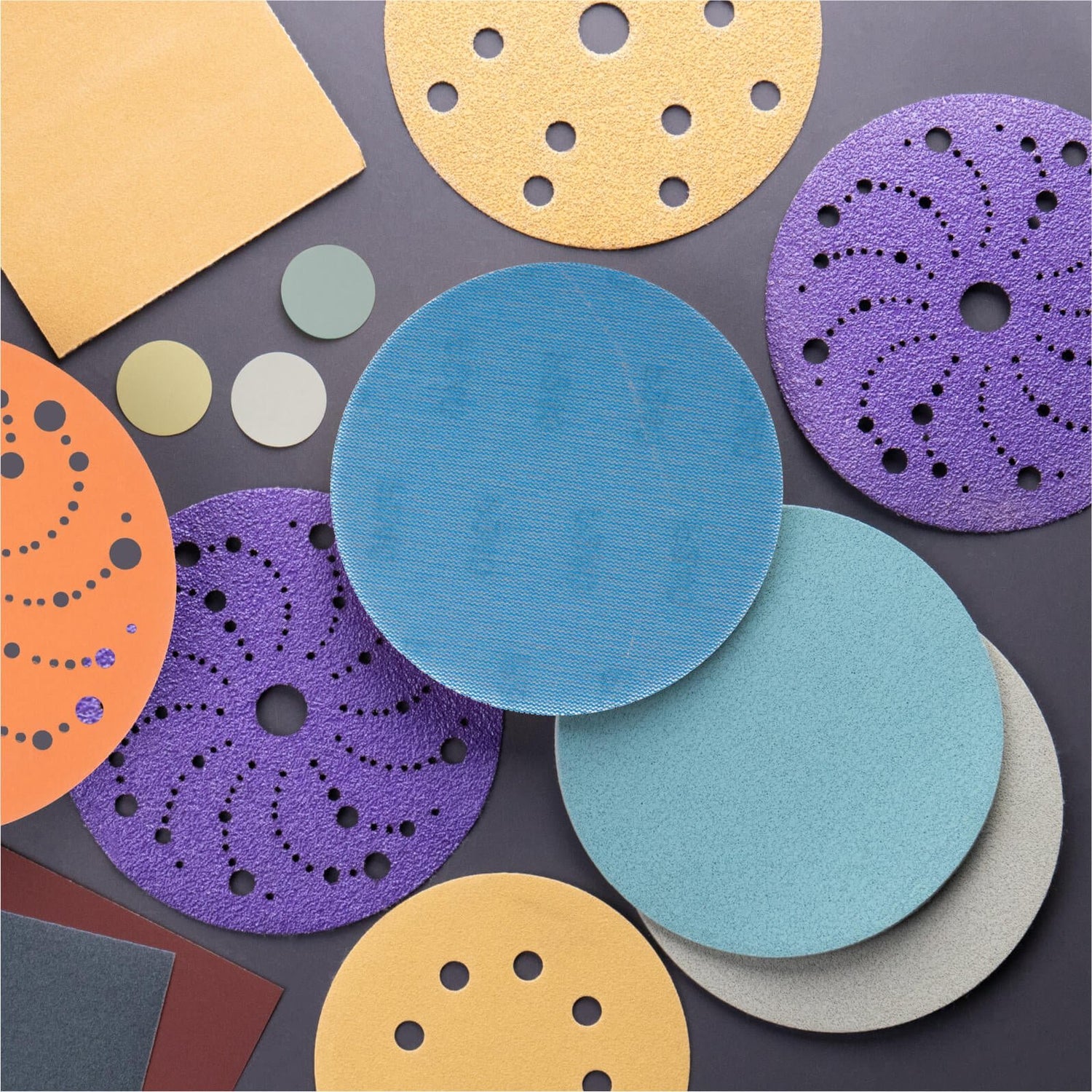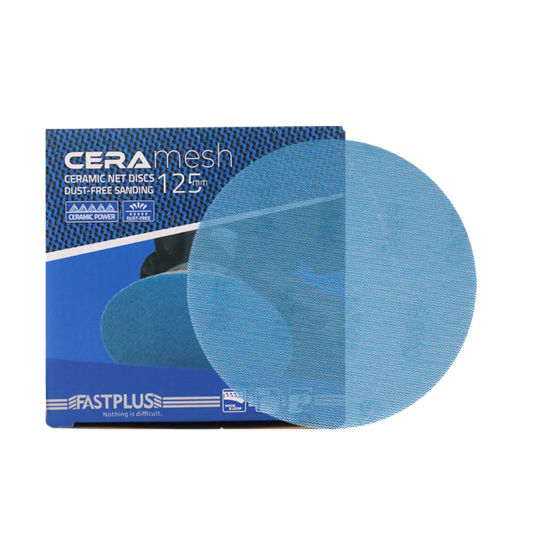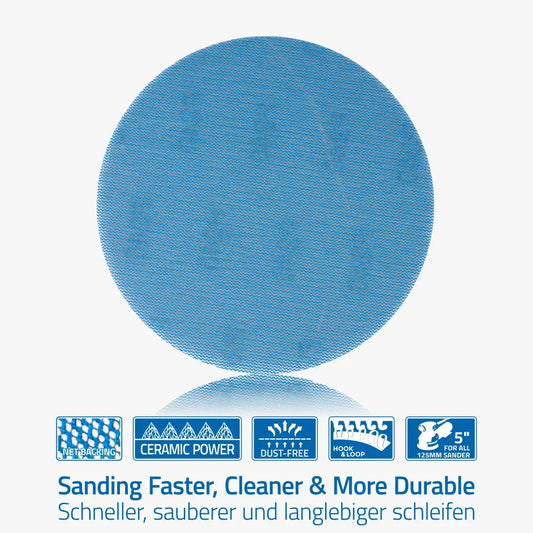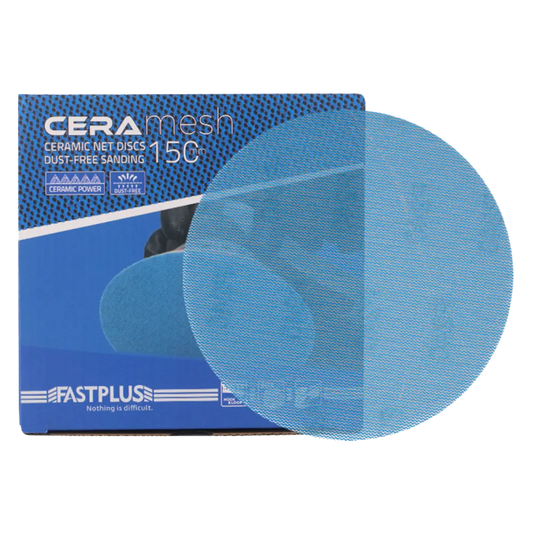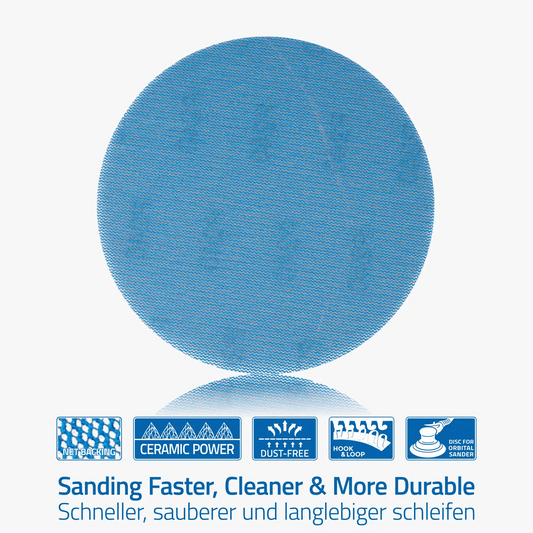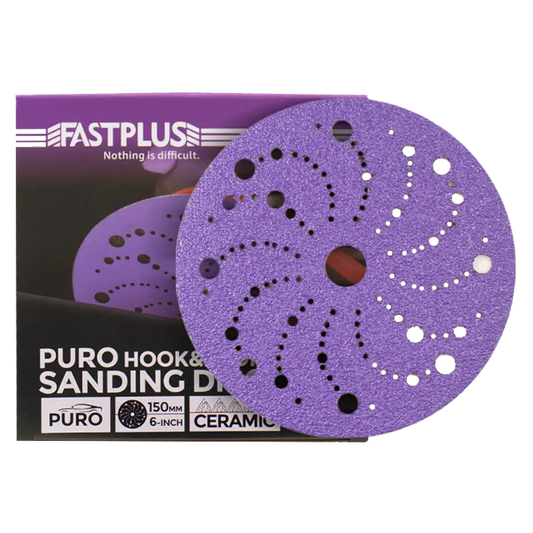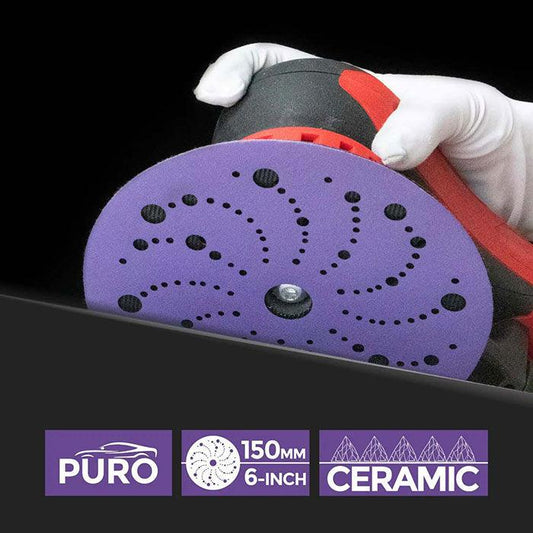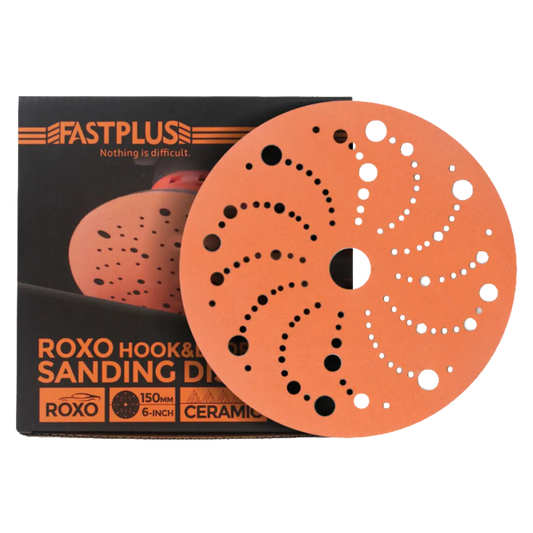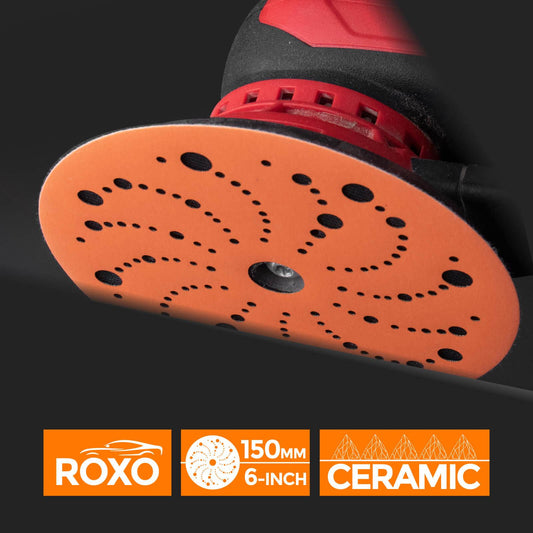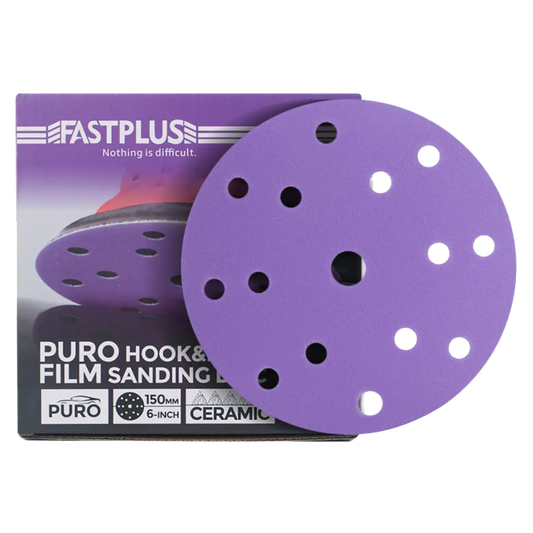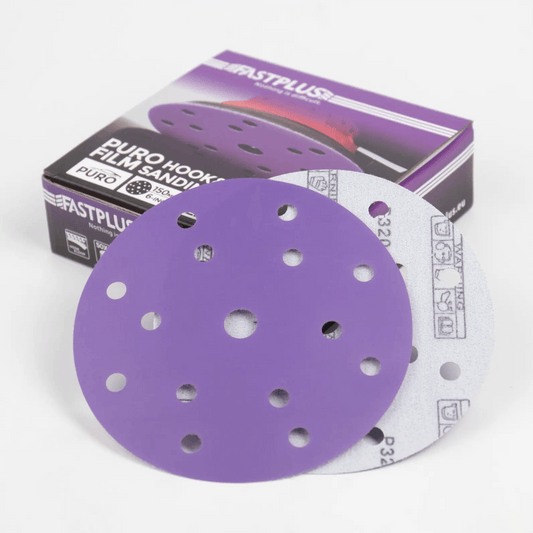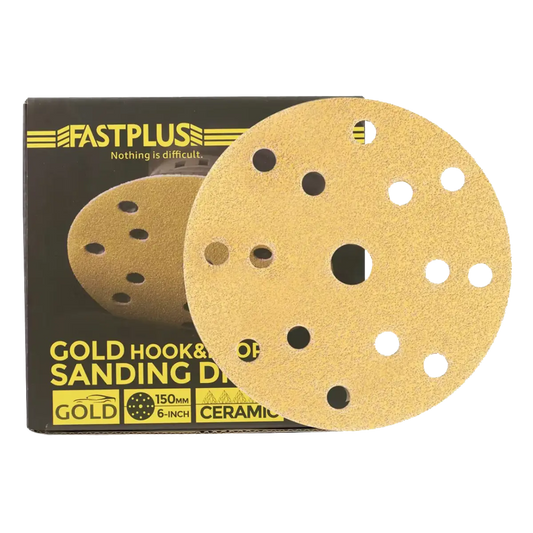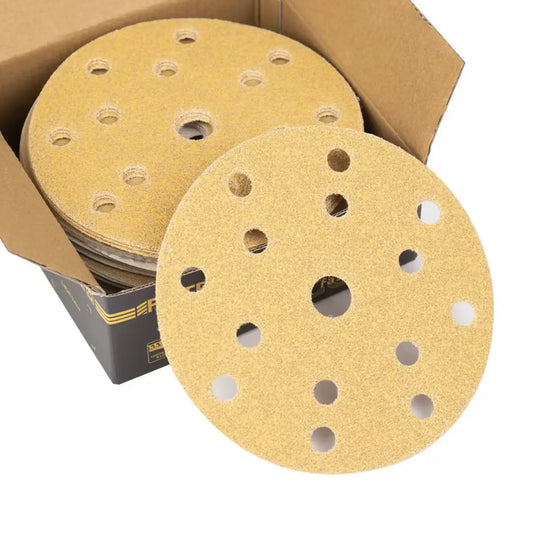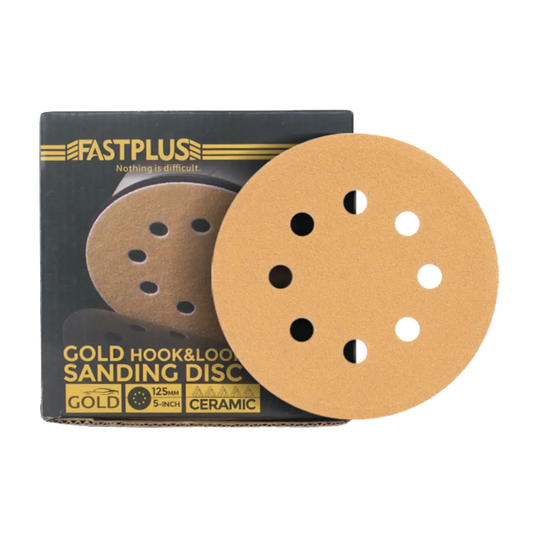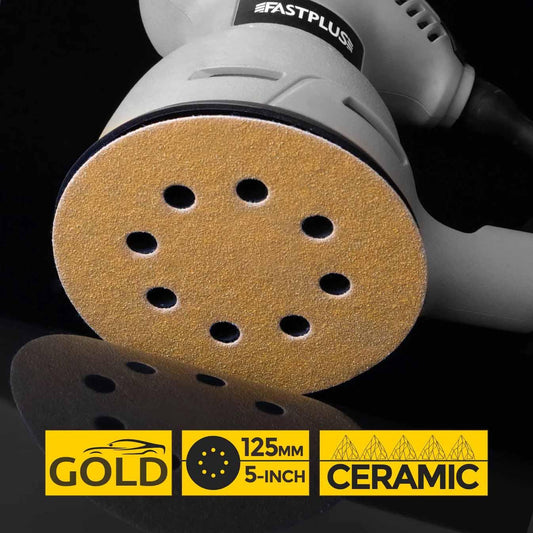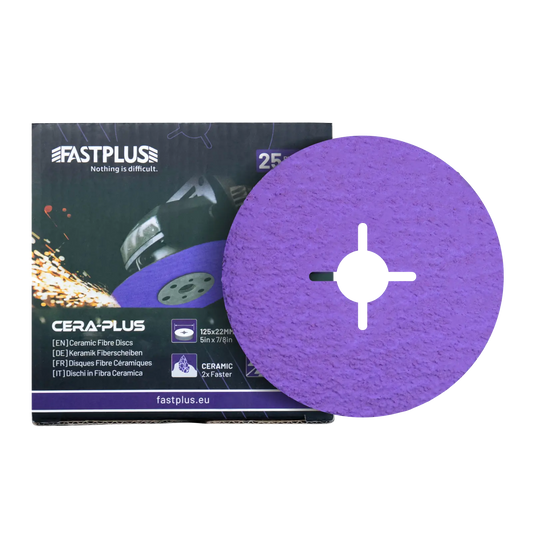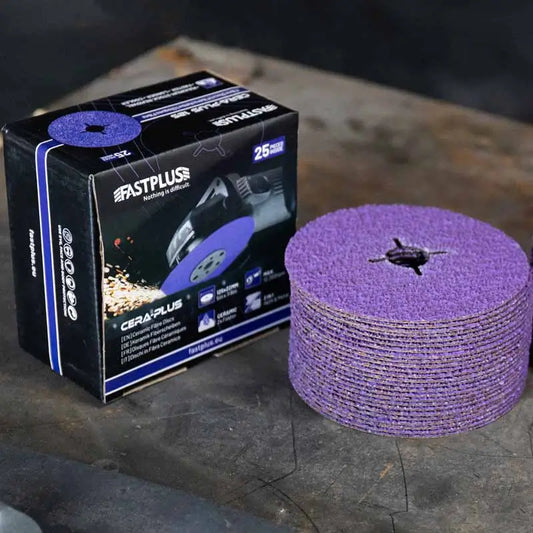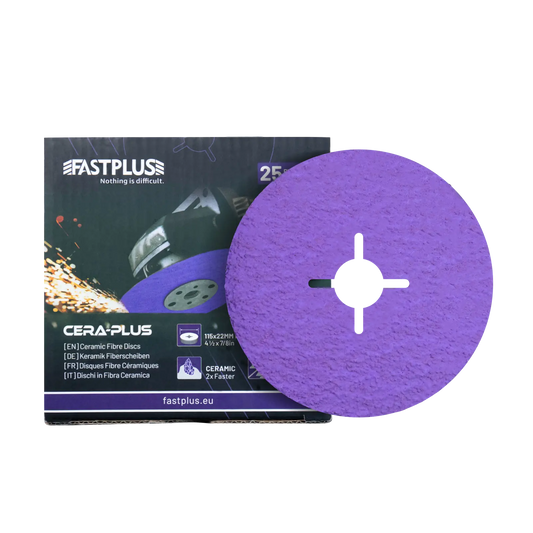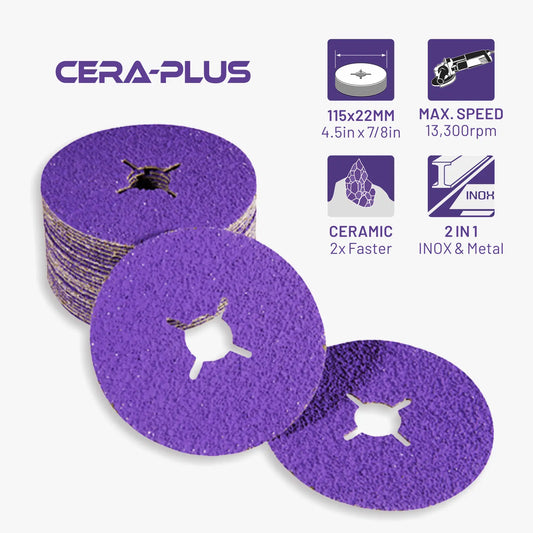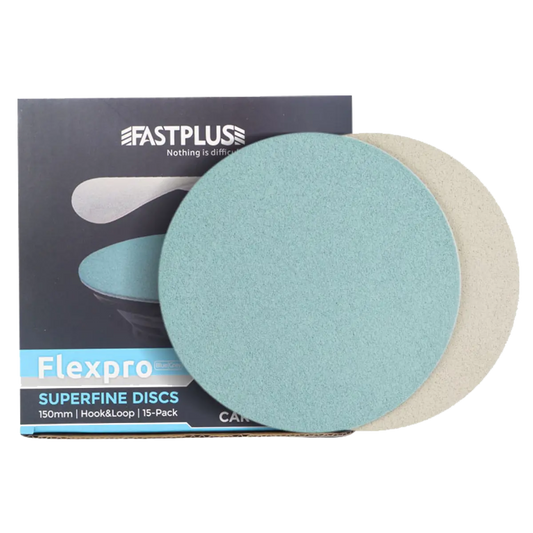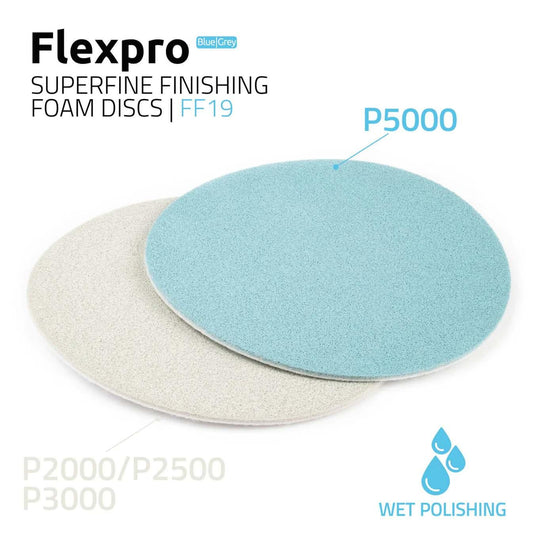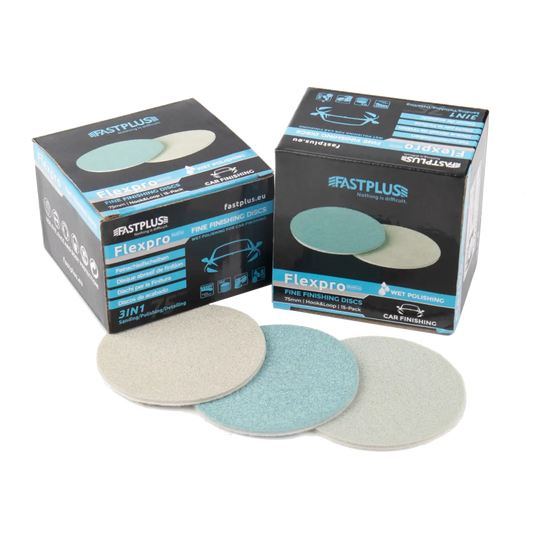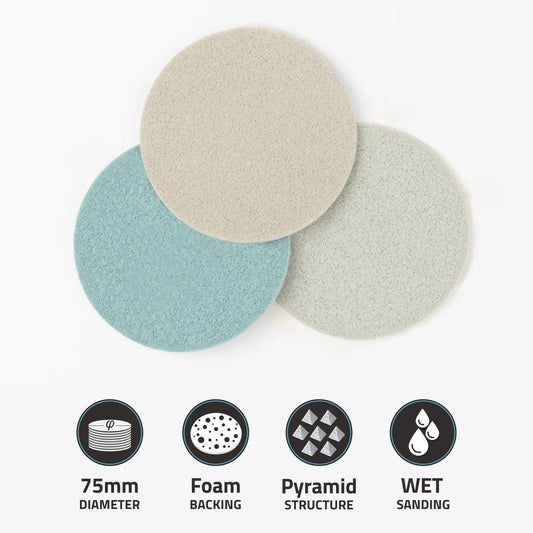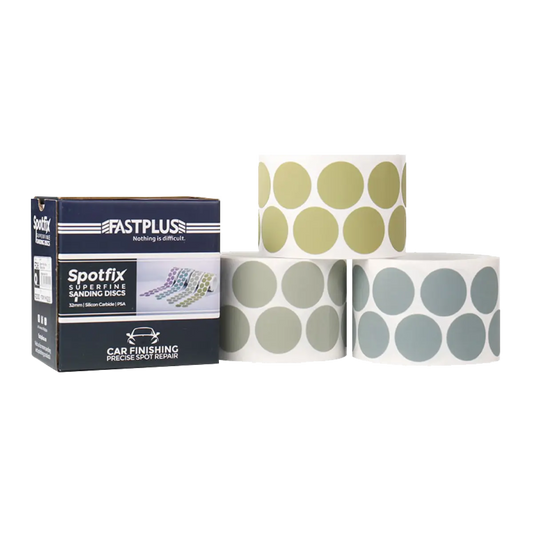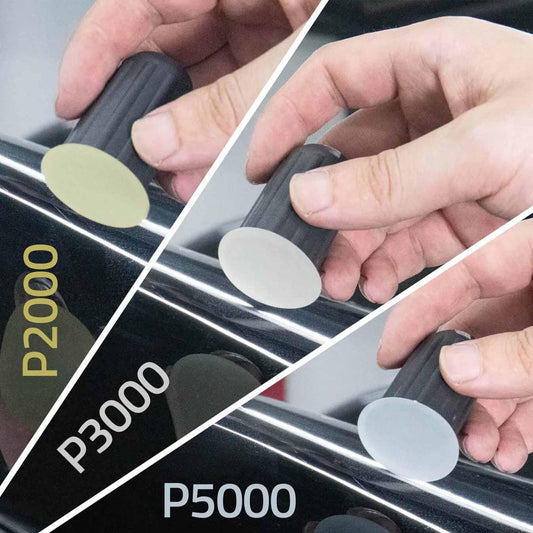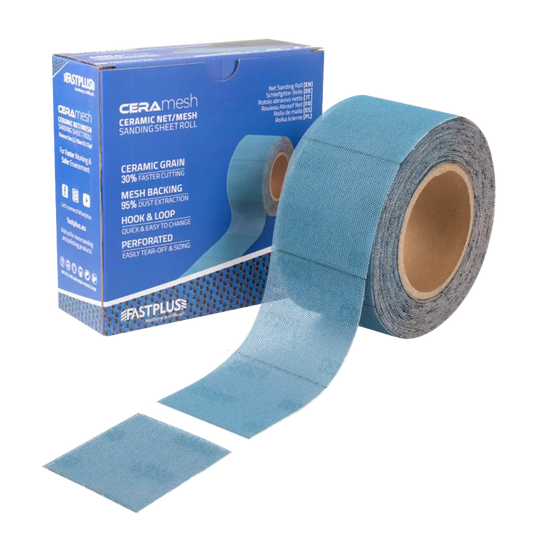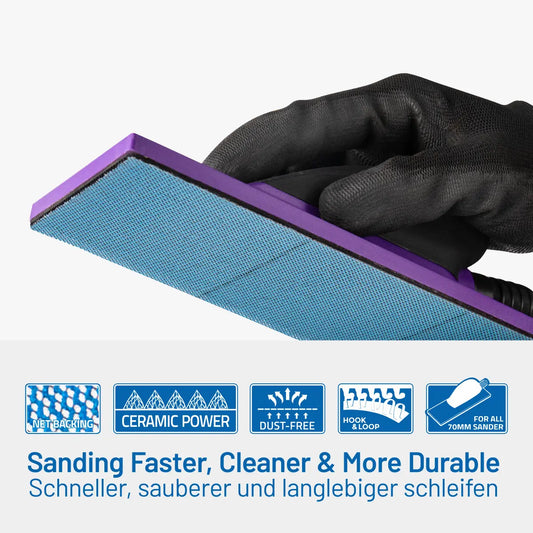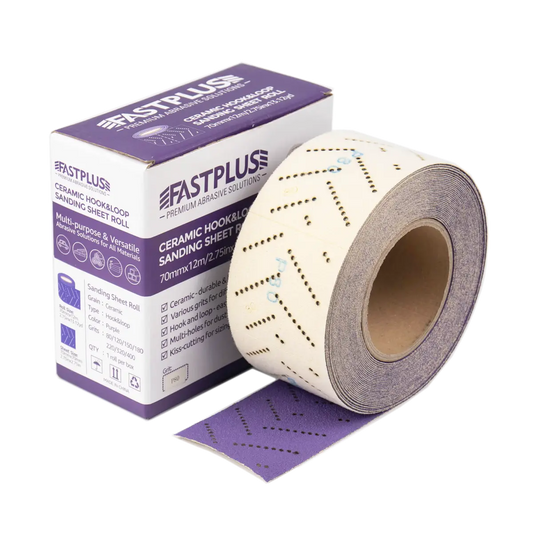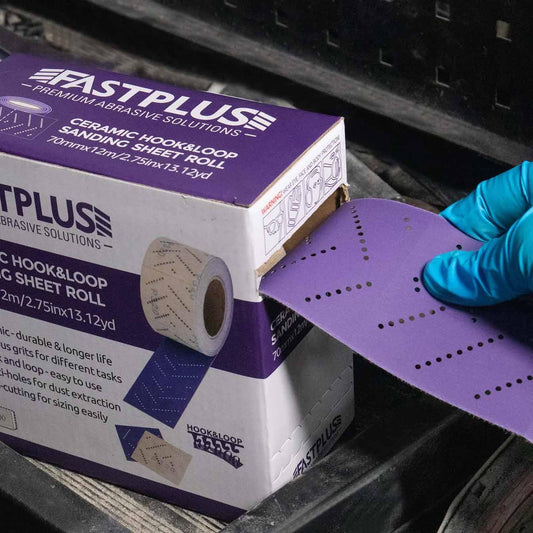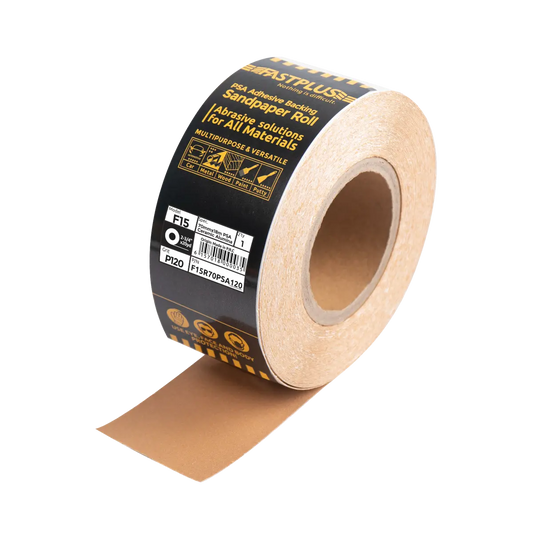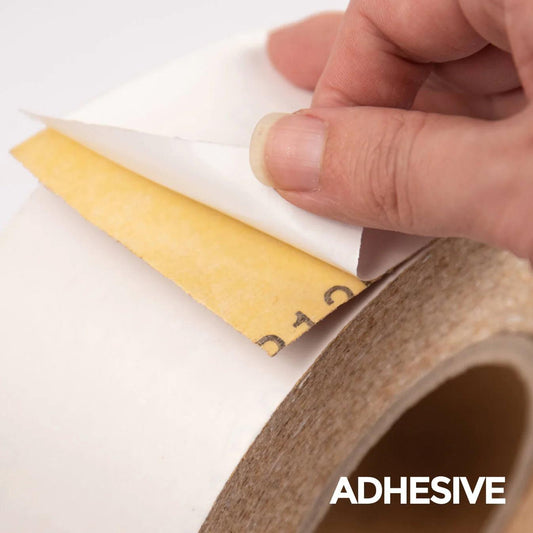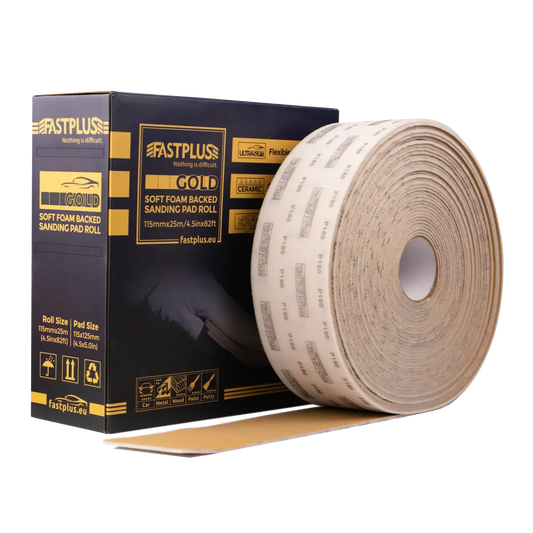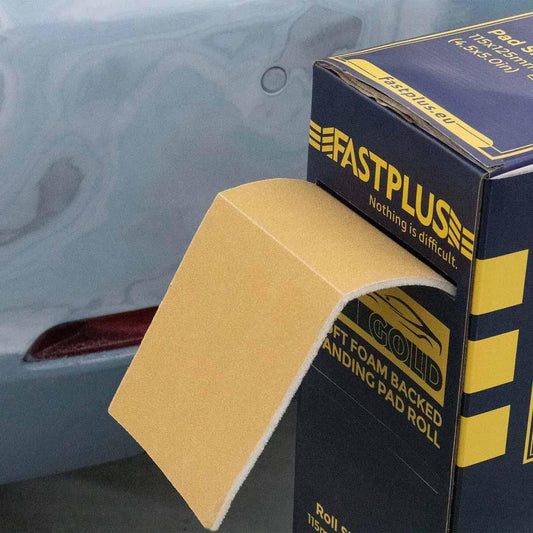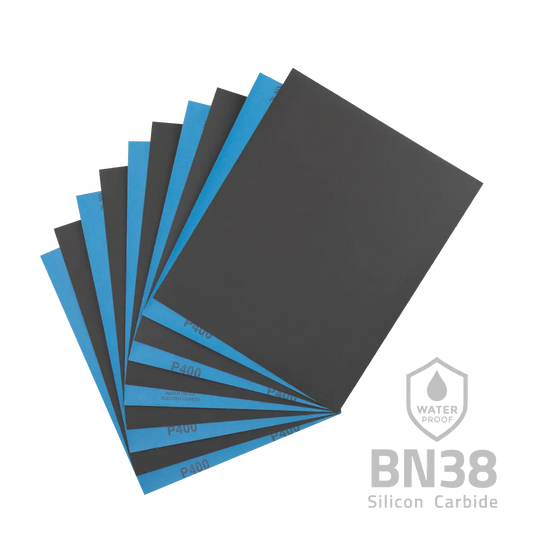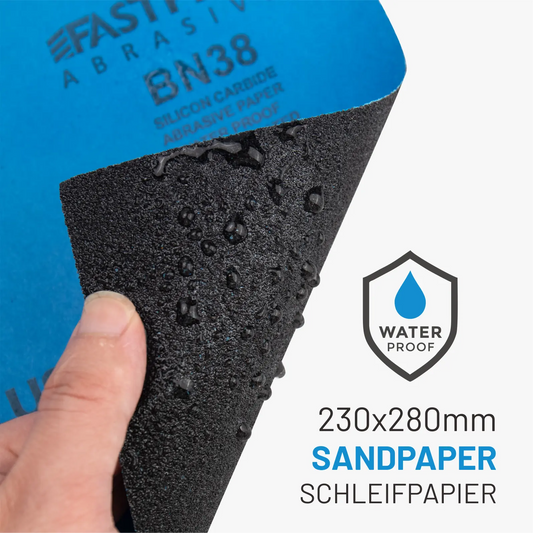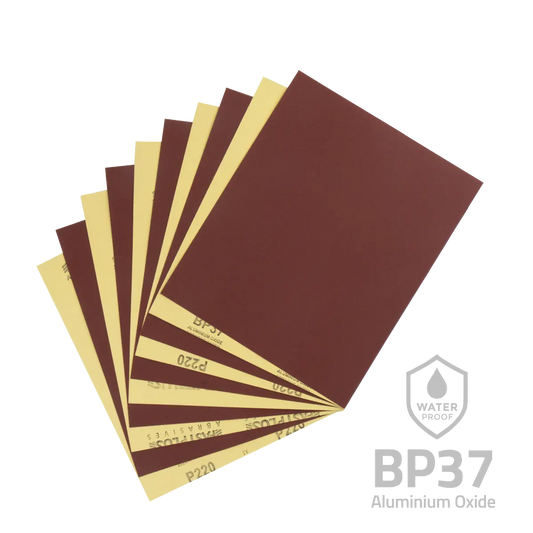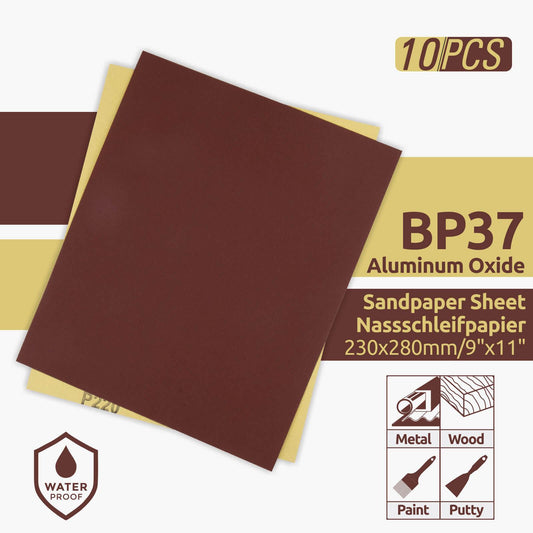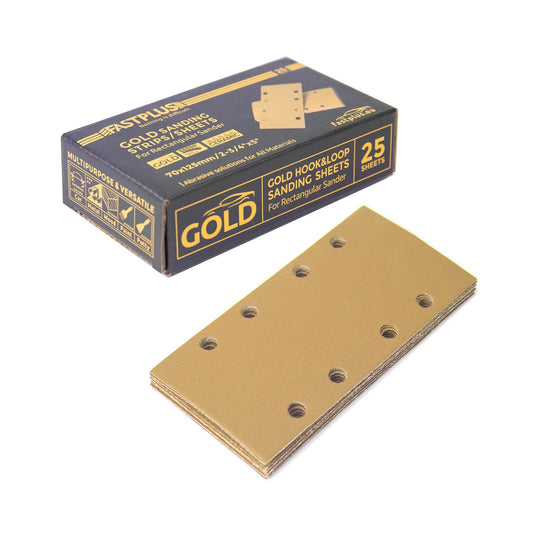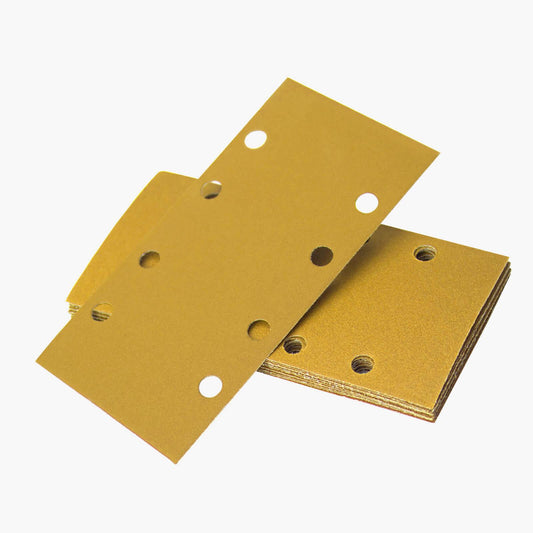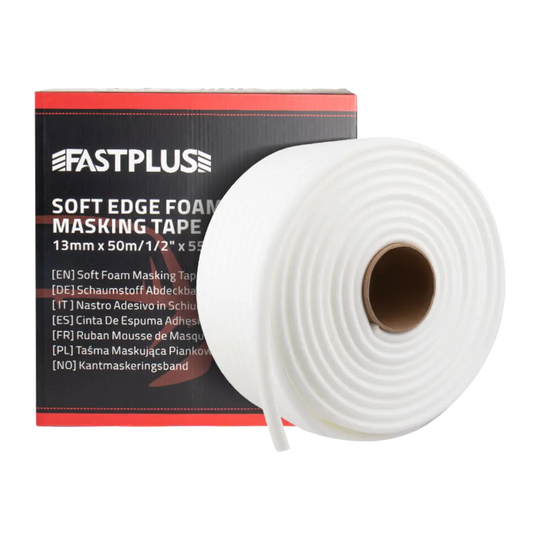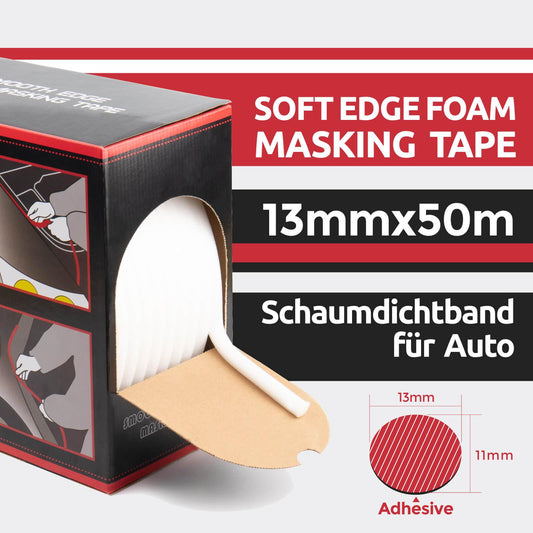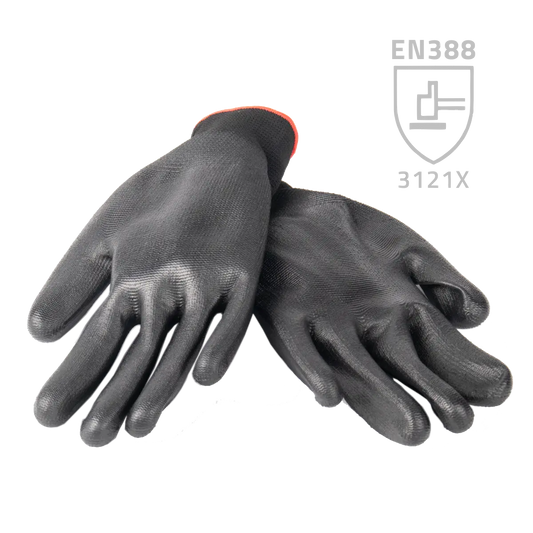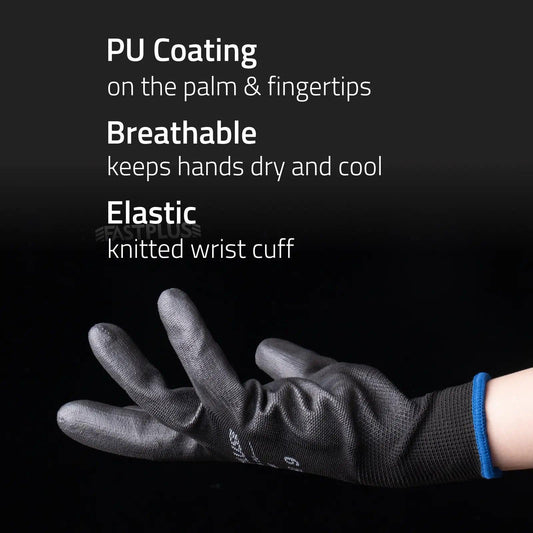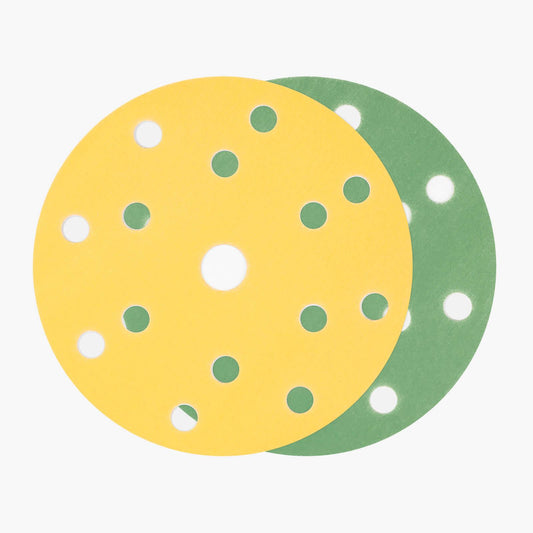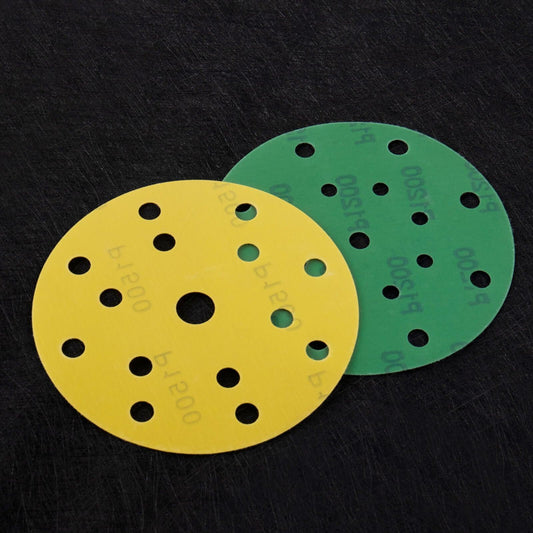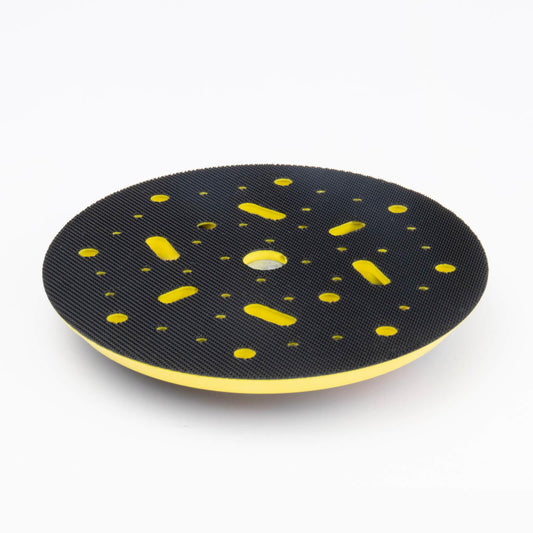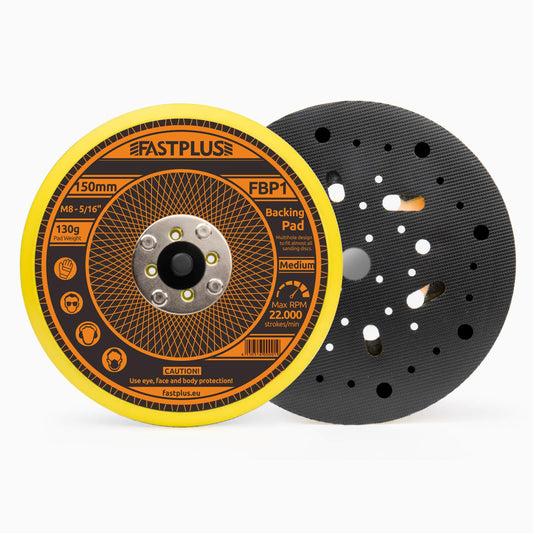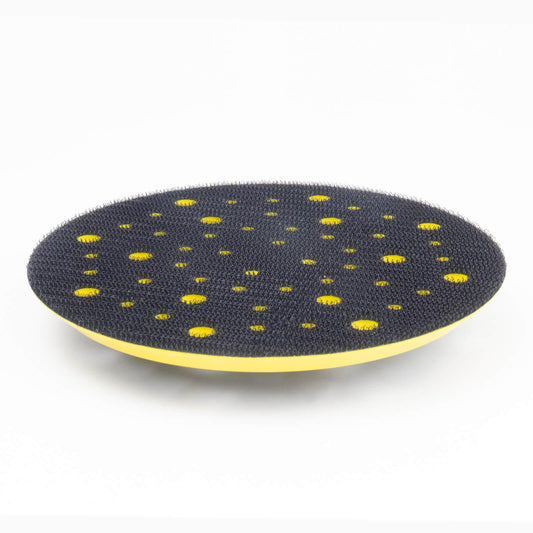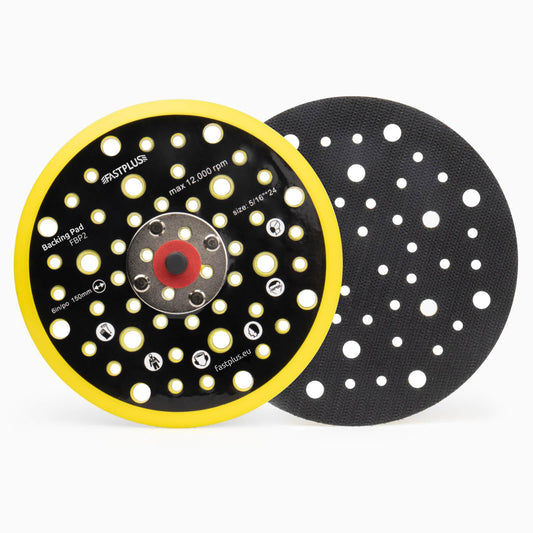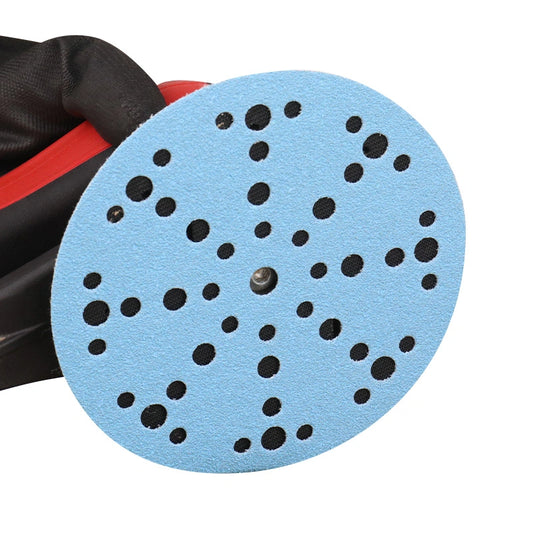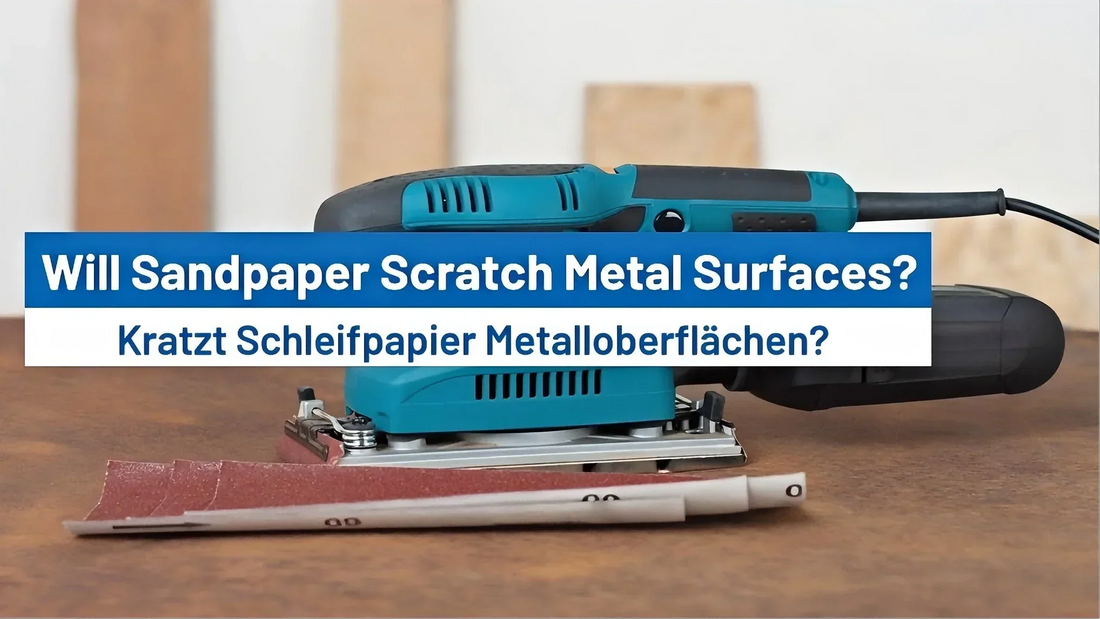
Will Sandpaper Scratch Metal Surfaces?
When it comes to metal sanding, polishing, and surface preparation, one of the most common questions people ask is: Can sandpaper scratch metal? The answer is yes—but that’s not a problem. In fact, scratching is not only expected, but it is also an essential part of achieving a smooth, professional finish.
Every scratch created by sandpaper serves a purpose, whether it’s removing rust, cleaning welds, preparing surfaces for coating, or polishing to a shine. In metalworking, scratches aren’t flaws—they are the first step toward perfection.
Why Controlled Scratches Matter in Metal Finishing
The word “scratch” often sounds negative, but in metal finishing, scratches are actually controlled abrasions. Sandpaper works by using abrasive grains harder than metal (such as aluminum oxide or silicon carbide) to cut into the surface, removing tiny amounts of material.
Instead of damaging the surface, this process:
- Removes rust, corrosion, and oxidation.
- Strips away old paint, coatings, or residue.
- Levels uneven weld seams or rough spots.
- Creates a textured surface that improves paint or primer adhesion.
- Smooths sharp edges for a safer, more polished product.
In other words, the scratches left behind by sandpaper are the foundation of a flawless finish.
Common Sandpaper Formats for Metal
The best results depend on using the right tool for the job. The most common sandpaper formats for metal sanding include:
1. Sandpaper Sheets
- Great for hand sanding and precision work.
- Ideal for flat surfaces or detailed edges where control matters.
- Perfect for preparing small areas before painting or polishing.

2. Sanding Discs
- Designed for power sanders and grinders.
- Excellent for covering large surfaces quickly.
- Commonly used in automotive sanding, weld cleaning, and stainless steel polishing.
3. Sandpaper Rolls
- Flexible and economical—cut to the size you need.
- Can be wrapped around sanding blocks, tools, or used directly on irregular shapes.
- Practical for workshops that need versatility in everyday metalworking.
4. Finishing Foam Discs
- Provide consistent, uniform finishes on delicate or contoured surfaces.
- Combine flexibility with a fine touch for polishing and high-shine applications.
- Useful in decorative metalwork or final-stage finishing.
Each of these options scratches metal differently, but all help move the surface from rough to refined.
Grit Size: Controlling the Scratch
The grit size of sandpaper is the main factor that determines how scratches will look on metal:
- Coarse Grits (40–80) – Best for removing heavy rust, scale, or weld splatter. Scratches are deep but effective.
- Medium Grits (100–220) – Used for refining surfaces, preparing for paint, or smoothing down previous sanding marks.
- Fine Grits (320–600) – Create light finishing scratches that are barely visible. Ideal before coating or light polishing.
- Ultra-Fine Grits (800–2000+) – Used for mirror polishing metal. At this stage, scratches blend into a reflective surface.
Think of grit progression as a journey from rough to refined. Each stage builds on the last, turning visible scratches into a polished result.
Practical Uses of Sandpaper Scratches on Metal
Controlled scratches are essential across countless industries and DIY applications:
- Rust Removal – Coarse sandpaper or sanding discs restore steel and iron by eliminating corrosion.
- Surface Preparation for Painting – Medium grit sanding gives primers and paints strong adhesion.
- Welding and Fabrication – Sanding discs smooth weld seams and prepare joints for coatings.
- Jewelry & Decorative Metal – Fine wet/dry sandpapers bring brass, copper, or silver to a high polish.
- Automotive Repairs – From sanding body filler to polishing chrome, sandpaper is a core workshop tool.
Every example shows that scratches are not damage—they’re steps toward improvement.
How to Avoid Unwanted Scratches
Not all scratches are helpful. Poor technique or the wrong grit can leave marks that are difficult to fix. To keep sanding effective:
- Follow grit progression – Move step by step from coarse to fine.
- Use light pressure – Let the abrasive do the work.
- Keep strokes consistent – Avoid uneven scratch patterns.
- Try wet sanding – Water reduces heat and makes scratches much finer.
- Replace worn abrasives – Old sandpaper cuts poorly and leaves messy marks.
With the right approach, scratches stay controlled and productive.
Why Sandpaper is Essential in Metalworking

Without sandpaper, achieving a smooth, polished, and professional surface on metal would be nearly impossible. Its ability to scratch is exactly what makes it effective:
- It allows for custom finishes, from matte textures to mirror shine.
- It improves safety, removing burrs and sharp edges.
- It helps extend the life of metals by removing corrosion.
- It ensures better adhesion for paints and coatings.
- It enhances the appearance of decorative and functional metal products.
Whether it’s sanding steel, polishing jewelry, or restoring automotive panels, sandpaper is the tool that transforms raw metal into a finished product.
Choosing the Right Sandpaper for Metal
Here’s a quick guide for selecting the right abrasive for your task:
- Rust Removal or Heavy Work → Coarse grit sanding discs or sheets. Rolls are also practical for larger areas.
- Surface Preparation Before Painting → Medium grit sheets or rolls for consistent adhesion.
- Welding Projects → Sanding discs for weld cleanup, then refine with medium sheets.
- Polishing and Decorative Metals → Fine to ultra-fine sandpapers, with finishing foam discs for curved surfaces.
By matching sandpaper type and grit to the task, scratches become controlled steps toward a smooth, reliable finish.
Final Thoughts
So, can sandpaper scratch metal? Yes—and that’s exactly why it works. Scratching is not damage; it’s a controlled process that turns rough surfaces into smooth, polished, and durable results.
With the right grit progression, format, and technique, those scratches become the hidden foundation of every flawless metal finish you see—whether on a car body, a piece of jewelry, or industrial equipment.
